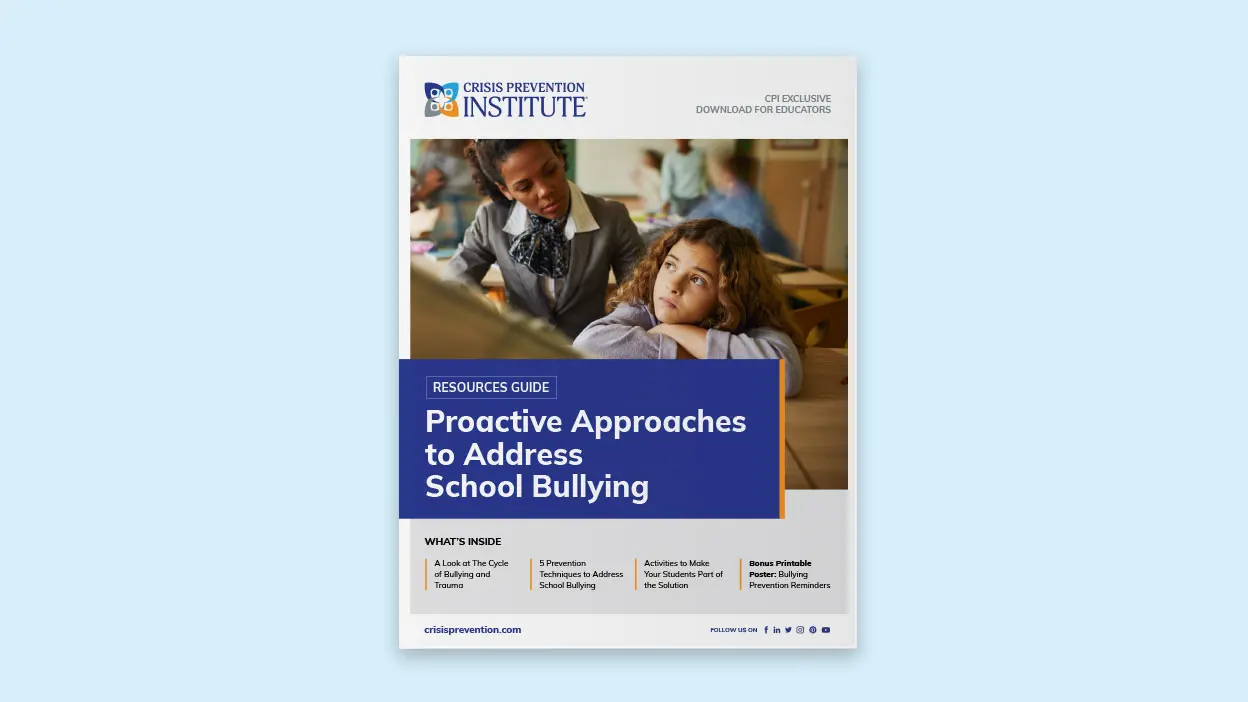
Creating a safe school culture is essential. It ensures that students feel secure and valued. One of the most important aspects is preventing sexual harassment. This requires proactive measures and a strong commitment from everyone involved.
Understanding the Importance of a Safe School Culture
A safe school culture helps students thrive. It promotes learning and personal growth. When students feel safe, they are more likely to succeed academically and socially.

Proactive Measures to Ensure Safety
There are several proactive measures schools can take. These include:
- Implementing clear policies
- Providing regular training
- Encouraging open communication
- Fostering a supportive environment
Implementing Clear Policies

Clear policies are the foundation of a safe school culture. These policies should cover bullying, discrimination, and sexual harassment. They must be communicated to all students, staff, and parents.
Providing Regular Training
Training is essential for everyone in the school community. Teachers, staff, and students need to understand the importance of a safe environment. Regular training sessions can help reinforce this message.
Encouraging Open Communication
Open communication is key to preventing issues. Students should feel comfortable reporting any concerns. Schools should have systems in place to handle these reports effectively.
Fostering A Supportive Environment
A supportive environment helps students feel valued. This includes promoting kindness and respect. Schools should celebrate diversity and encourage inclusivity.
Preventing Bullying and Harassment
Bullying and harassment can have serious consequences. Schools need to take proactive steps to prevent these behaviors.
Creating Anti-bullying Programs
Anti-bullying programs can make a big difference. These programs should teach students about the effects of bullying. They should also provide strategies for dealing with bullies.
Encouraging Peer Support
Peer support is a powerful tool. Students can help each other feel safe and supported. Schools can create peer mentoring programs to encourage this.
Monitoring And Addressing Issues
Schools need to monitor for signs of bullying and harassment. This includes looking for changes in behavior or academic performance. When issues are identified, they should be addressed promptly.
Involving Parents and the Community
Parents and the community play a crucial role. Their involvement can help reinforce the importance of a safe school culture.
Engaging Parents
Parents should be informed about school policies. They should also be encouraged to talk to their children about safety. Schools can hold regular meetings to keep parents engaged.
Collaborating With The Community
The community can provide valuable support. Local organizations can offer resources and programs. Schools can partner with these organizations to enhance their efforts.
Conclusion
Building a safe school culture requires proactive approaches. By implementing clear policies, providing training, and encouraging open communication, schools can create a supportive environment. Preventing bullying and harassment is essential. Involving parents and the community can strengthen these efforts. Together, we can ensure that all students feel safe and valued.
